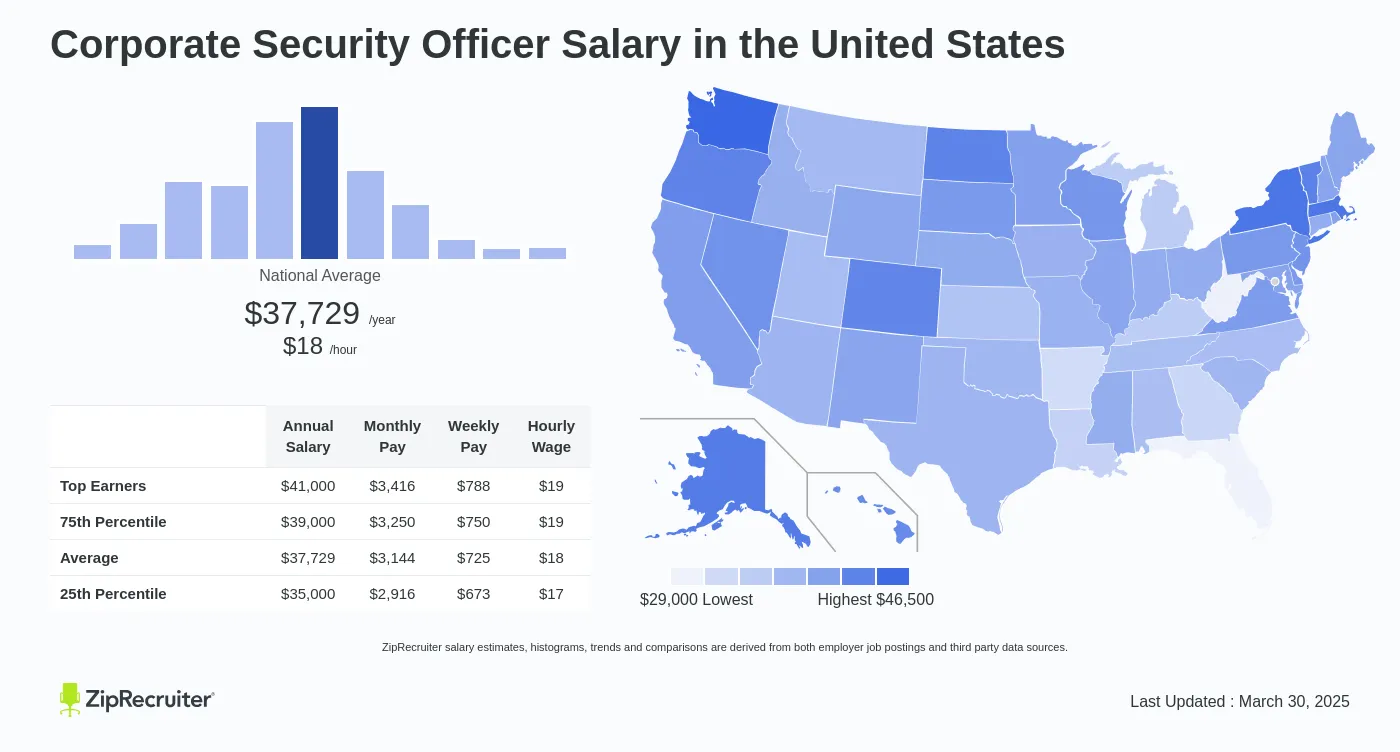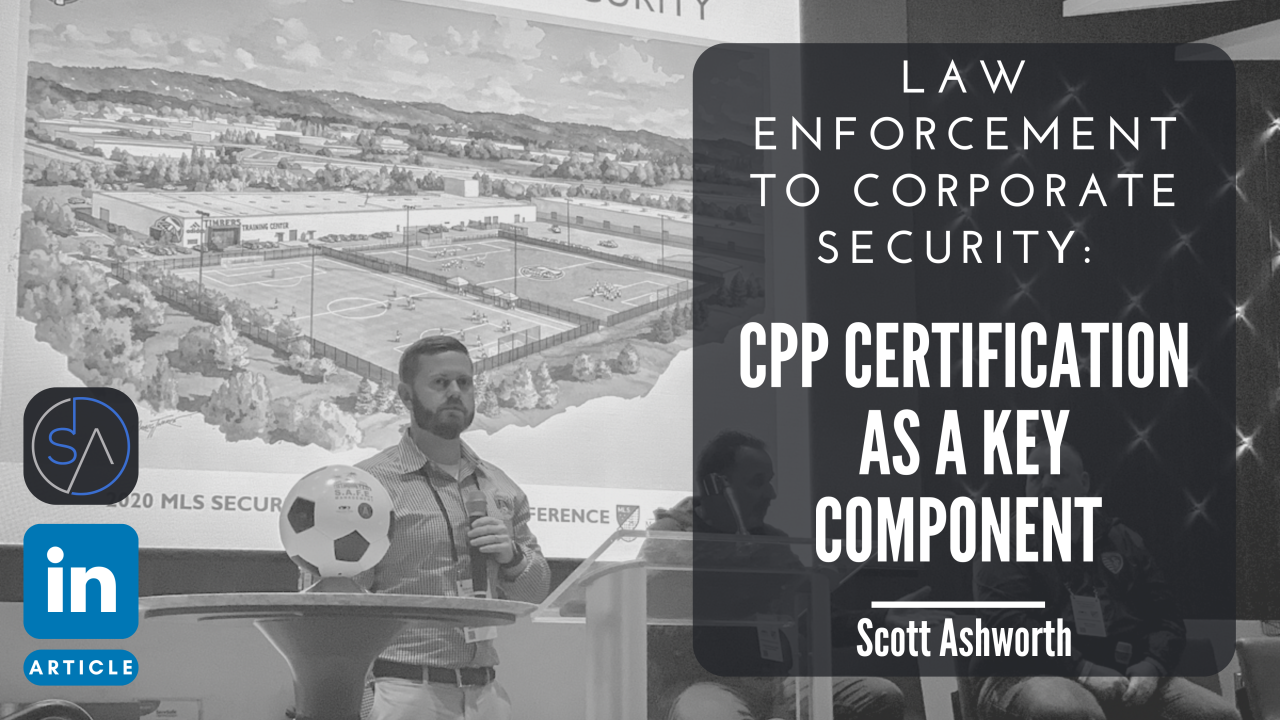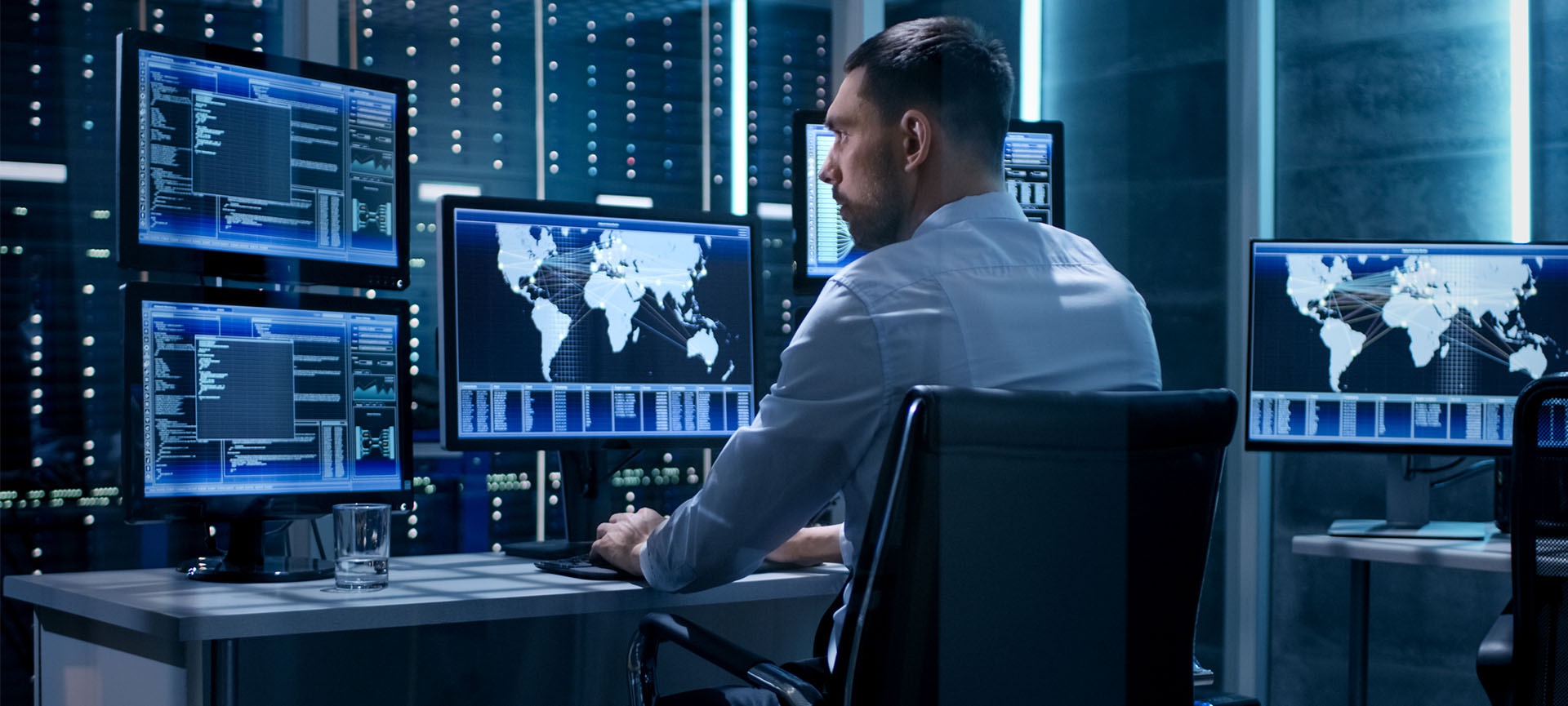Encouraging Your Organization with Ironclad Corporate Security Procedures
Encouraging Your Organization with Ironclad Corporate Security Procedures
Blog Article
From Cybersecurity to Physical Procedures: Enhancing Company Protection in an Altering Globe
In today's quickly advancing digital landscape, the significance of corporate safety can not be overstated. As cyber dangers end up being common and progressively advanced, organizations must go past typical cybersecurity actions to protect their assets and operations - corporate security. This is where the combination of physical security actions ends up being crucial. By incorporating the toughness of both cybersecurity and physical security, business can develop an extensive protection approach that addresses the varied range of risks they encounter. In this discussion, we will certainly explore the changing risk landscape, the demand to integrate cybersecurity and physical security, the execution of multi-factor authentication measures, the significance of employee awareness and training, and the adjustment of safety procedures for remote labor forces. By taking a look at these key locations, we will certainly acquire important insights right into how organizations can strengthen their company safety and security in an ever-changing world.
Comprehending the Altering Danger Landscape
The progressing nature of the modern-day globe requires an extensive understanding of the altering risk landscape for reliable business protection. It is critical for organizations to remain notified and adapt their safety and security determines to deal with these progressing hazards.
One trick element of recognizing the altering threat landscape is acknowledging the different types of threats that organizations deal with. Furthermore, physical risks such as theft, vandalism, and company reconnaissance stay widespread issues for companies.
Tracking and examining the danger landscape is necessary in order to identify prospective threats and vulnerabilities. This entails staying upgraded on the current cybersecurity trends, assessing risk intelligence records, and carrying out normal danger assessments. By recognizing the altering threat landscape, companies can proactively apply appropriate safety actions to alleviate risks and protect their properties, reputation, and stakeholders.
Integrating Cybersecurity and Physical Safety
Integrating cybersecurity and physical safety is critical for comprehensive corporate protection in today's electronic and interconnected landscape. As organizations progressively rely on modern technology and interconnected systems, the borders in between physical and cyber hazards are coming to be blurred. To efficiently secure versus these dangers, a holistic technique that combines both cybersecurity and physical safety and security steps is crucial.
Cybersecurity concentrates on protecting digital assets, such as information, networks, and systems, from unauthorized access, disturbance, and burglary. Physical safety and security, on the other hand, includes procedures to secure physical properties, people, and centers from susceptabilities and risks. By integrating these two domain names, organizations can deal with susceptabilities and dangers from both physical and digital angles, thereby boosting their total protection posture.
The integration of these 2 disciplines permits a much more thorough understanding of safety dangers and enables a unified feedback to occurrences. Physical accessibility controls can be improved by incorporating them with cybersecurity procedures, such as two-factor authentication or biometric recognition. Likewise, cybersecurity measures can be enhanced by physical safety measures, such as security video cameras, alarm systems, and safe accessibility factors.

Carrying Out Multi-Factor Authentication Actions
As organizations increasingly focus on thorough safety measures, one efficient method is the implementation of multi-factor authentication actions. Multi-factor verification (MFA) is a safety and security technique that calls for customers to provide multiple forms of recognition to access a system or application. This approach includes an extra layer of protection by integrating something the user understands, such as a password, with something they have, like a protection or a finger print token.
By executing MFA, companies can considerably boost their security position - corporate security. Traditional password-based verification has its limitations, as passwords can be easily endangered or neglected. MFA mitigates these threats by including an additional verification variable, making it harder for unapproved people to access to sensitive information
There are numerous kinds of multi-factor authentication approaches available, consisting of biometric authentication, SMS-based verification codes, and hardware symbols. Organizations require to analyze their specific needs and choose one of the most suitable MFA solution for their needs.
Nonetheless, the execution of MFA ought to be carefully planned and executed. It is crucial to strike a balance in between security and functionality to stop individual aggravation and resistance. Organizations ought to also take into consideration potential compatibility concerns and give adequate training and assistance to make sure a smooth change.
Enhancing Staff Member Understanding and Training
To strengthen business safety, companies should prioritize boosting employee recognition and training. Several protection breaches happen due to human error or lack of recognition.
Effective staff member awareness and training programs need to cover a variety of subjects, consisting of information security, phishing strikes, social engineering, read the article password hygiene, and physical protection procedures. These programs should be customized to the details needs and responsibilities of various employee functions within the company. Regular training simulations, workshops, and sessions can aid staff members create the necessary skills and expertise to recognize and respond to security dangers successfully.
Furthermore, organizations should urge a society of safety and security awareness and give ongoing updates and reminders to keep workers informed about the most recent threats and reduction techniques. This can be done via interior interaction channels, such as e-newsletters, intranet websites, and email projects. By cultivating a security-conscious labor force, companies can substantially minimize the chance of safety and security occurrences and shield their beneficial assets from unauthorized gain access to or compromise.

Adapting Safety Procedures for Remote Workforce
Adapting business safety and security steps to fit a remote labor force is important in making certain the protection of delicate info and assets (corporate security). With the raising trend of remote job, organizations must implement appropriate protection actions to reduce the threats related to this brand-new method of working
One critical facet of adapting safety and security procedures for remote job is developing safe and secure communication networks. Encrypted messaging systems and online private networks (VPNs) can aid shield delicate info and stop unauthorized accessibility. Furthermore, companies should apply using solid passwords and multi-factor authentication to enhance the safety and security of remote access.
Another crucial consideration is the application of protected remote gain access to options. This includes supplying workers with safe accessibility to business sources and information through virtual desktop infrastructure (VDI), remote desktop computer protocols (RDP), or cloud-based services. These innovations make certain that sensitive information stays secured while enabling staff members to perform their functions effectively.

Finally, comprehensive security recognition training is critical for remote staff members. Training sessions must cover ideal practices for safely accessing and handling sensitive info, determining and reporting phishing efforts, and preserving the overall cybersecurity hygiene.
Final Thought
In verdict, as the threat landscape continues to progress, it is vital for companies to reinforce their protection measures both in the cyber and physical domain names. Integrating cybersecurity and physical safety and security, implementing multi-factor verification procedures, and enhancing staff member awareness and training are important actions in the direction of accomplishing robust corporate safety.
In this conversation, we will certainly discover the altering threat landscape, the demand to integrate cybersecurity and physical safety, the implementation of multi-factor verification steps, the relevance of worker awareness and training, and the adjustment of safety and security measures for remote labor forces. Cybersecurity steps can be enhanced by physical safety measures, such as security cameras, alarms, and safe and secure access points.
As companies increasingly prioritize comprehensive protection procedures, one effective technique is the implementation of multi-factor verification actions.In verdict, as the danger go to website landscape continues to advance, it is vital for organizations to enhance their safety and security gauges both in the cyber and physical domains. Incorporating cybersecurity and physical protection, applying multi-factor verification measures, and improving worker understanding and training are crucial actions in the direction of achieving robust corporate safety and security.
Report this page